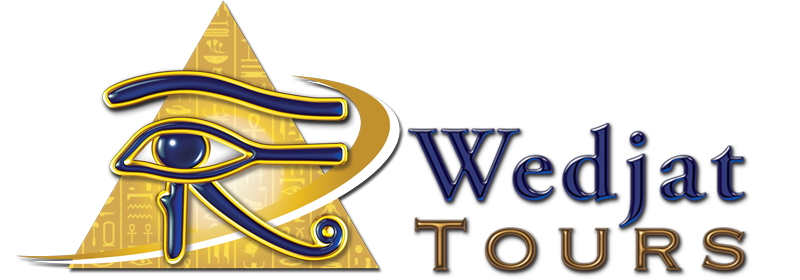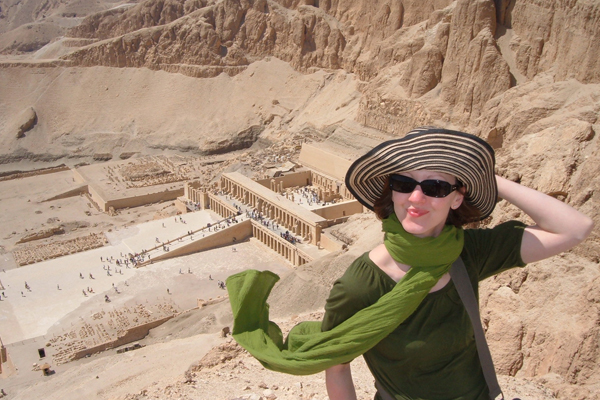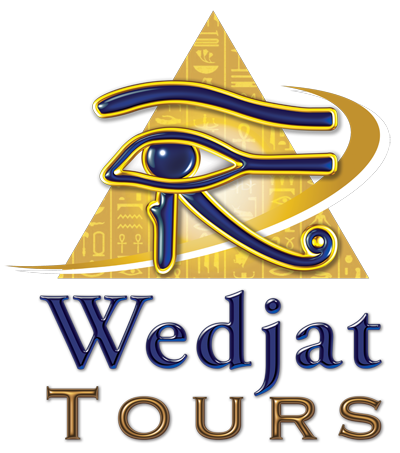Hatshepsut (c.1473–1458 BC), the queen who became pharaoh, built a magnificent temple at Deir al-Bahari, on the west back of Luxor. It lies directly across the Nile from Karnak Temple, the main sanctuary of the god Amun. Hatshepsut’s temple, Djeser-djeseru “the Holy of Holies” was designed by the chief steward of Amun, Senenmut.
The temple consists of three levels each of which has a colonnade at its far end. On the uppermost level, an open courtyard lies just beyond the portico. Mummiform statues of Hatshepsut as Osiris, the god of the dead, lean against its pillars.
This is because Djeser-djeseru is Hatshepsut’s mortuary temple, where her cult was practiced after her death, when she attained the blessed state of Osiris. Far from being devoted solely to her, the temple also includes sections for the cults of her revered father Thutmose I, the goddess Hathor, and the funerary god Anubis. An altar, open to the sky and the sun, was dedicated to the cult of the solar Ra-Horakhty. Pride of place was given to Amun. At the far end of the upper courtyard, on the temple’s central axis, a passage cut directly into the living rock culminates in his sanctuary.
The temple’s walls are covered with beautiful painted reliefs depicting temple rituals, religious festivals, and even the transportation of obelisks from the quarry to their destination in Karnak Temple. Perhaps most interesting are the reliefs in the portico on the so-called Middle Platform. The decorative programme on the left side depicts Hatshepsut’s expedition to Punt, believed to be located near modern Eritrea. The inhabitants of this land, their dwellings, and surrounding environment are vividly recorded, as are the riches and exotic animals that the Egyptians brought back with them. On the other side of the portico, Hatshepsut relates how she is the rightful king of Egypt. She does this not only by claiming that her father Thutmose I had designated her as his heir, but by stating that her true father was none other than the god Amun himself.





 And then Add to Home Screen.
And then Add to Home Screen.